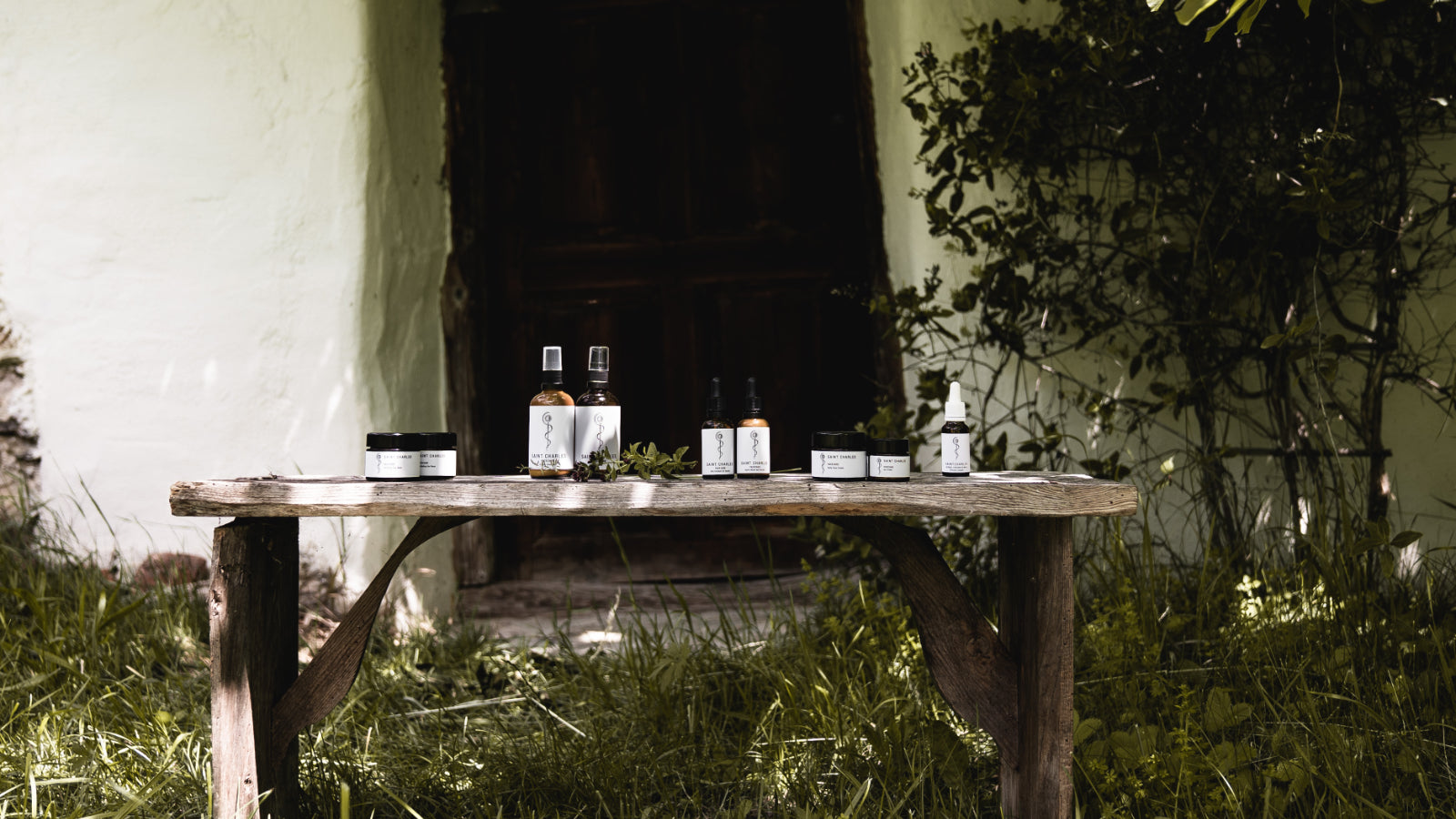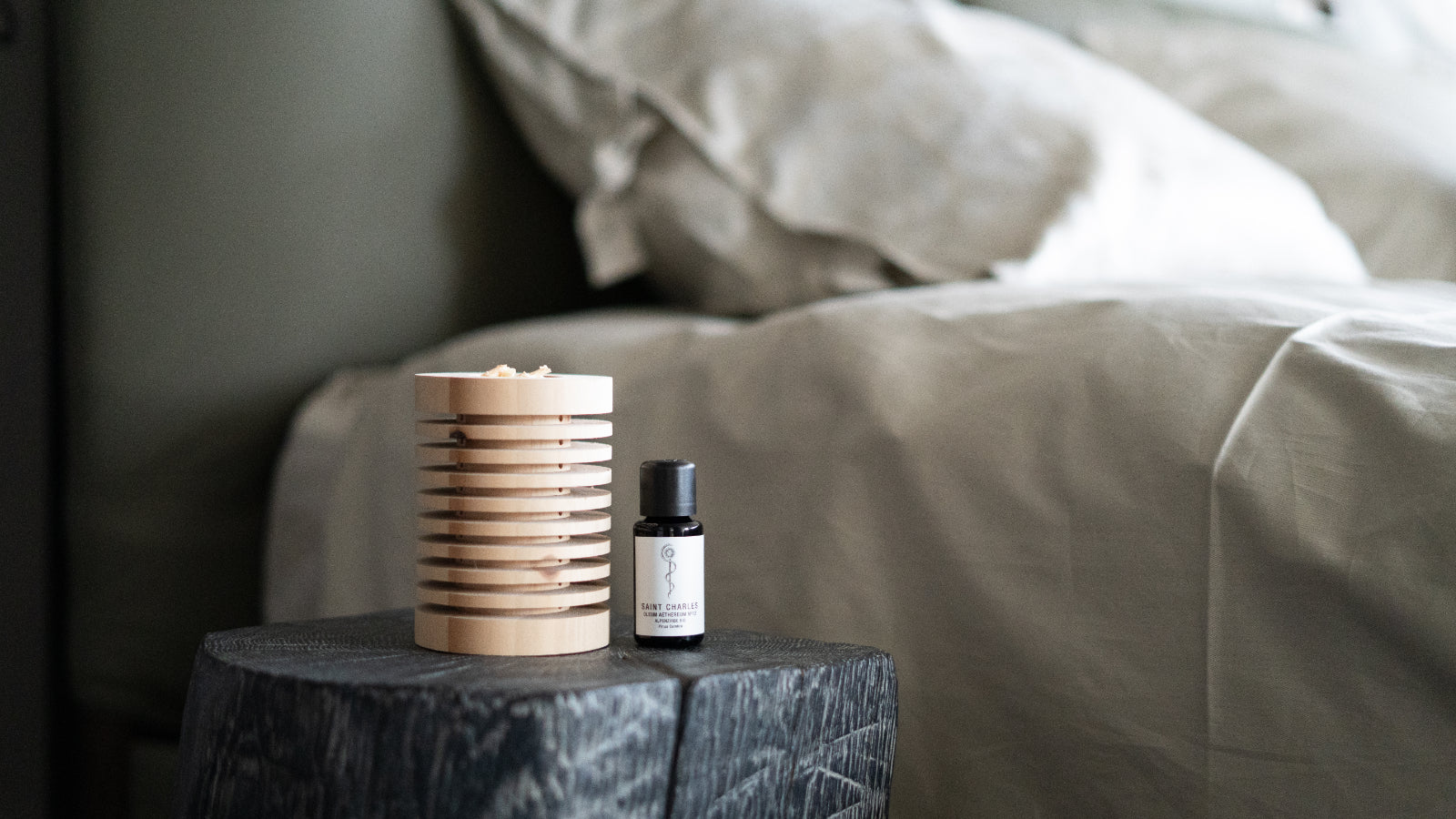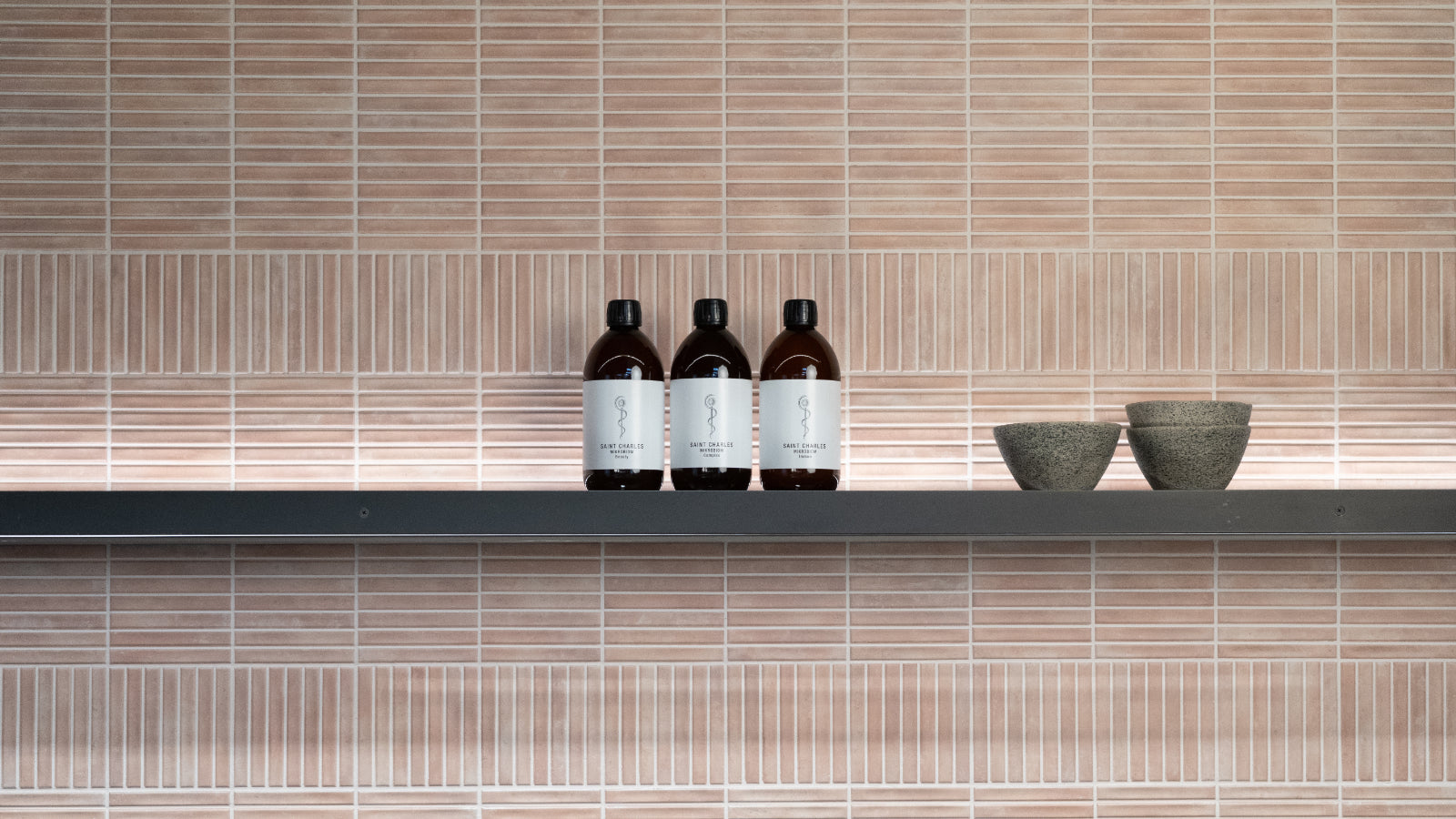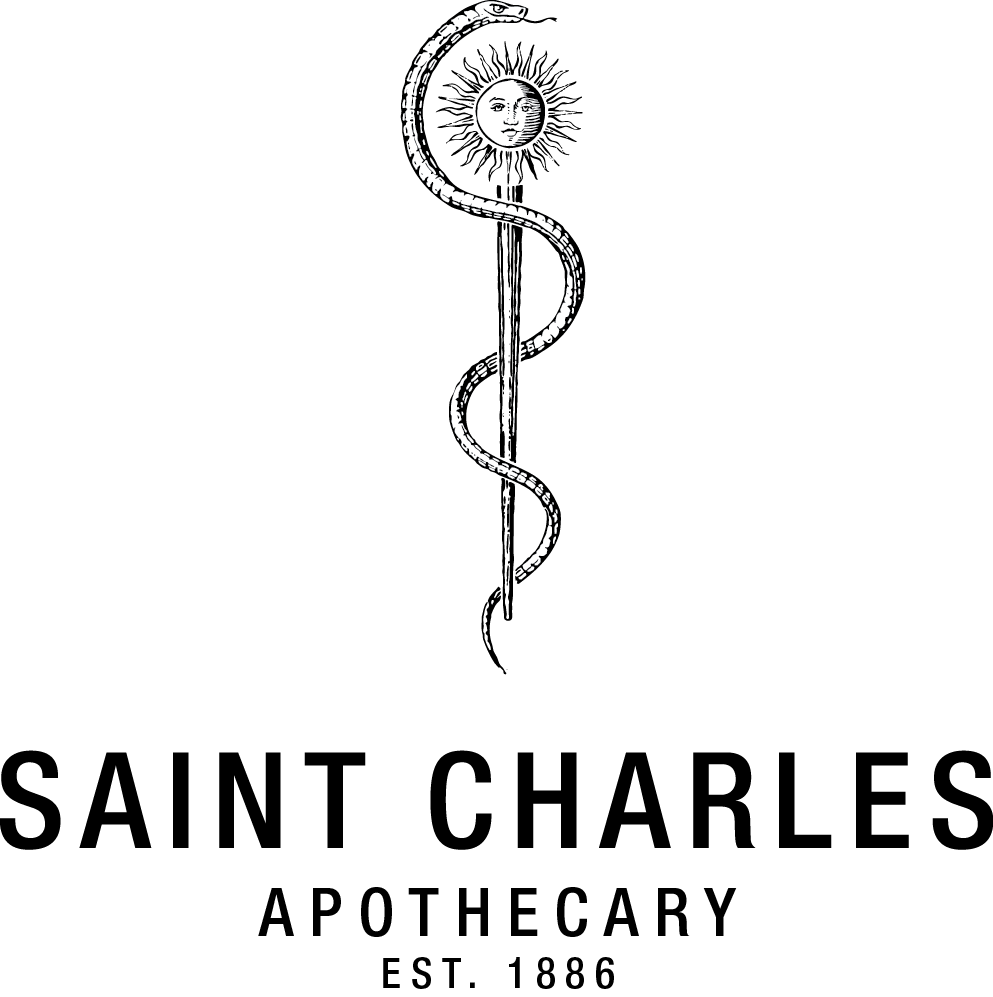As a trace element, iron is one of the substances that are only present in small quantities in our organism, but which fulfil important tasks. Of the approximately 3 to 5 grams of iron in the body, only a small part is stored in depots - especially in the liver, spleen and bone marrow. By far the greater part travels with the blood. As a component of the red blood pigment, the protein haemoglobin, iron is responsible for transporting oxygen.
All tissues and organs depend on the vital red blood cells and only with the help of iron can oxygen be bound and transported. In addition, iron is an important building block for many enzymes and thus boosts the metabolism. If we suffer from iron deficiency, it is quickly apparent. We are pale and tired, our skin is dry, our nails are brittle and the whole body is weakened. Hair loss and cracked corners of the mouth also indicate the deficiency.
The iron level can be determined in a blood test, which, however, is subject to strong fluctuations in the course of the day. More meaningful are the values of serum and storage iron, also called transferrin and ferritin. Transferrin is the protein that transports iron in the blood. In the case of an iron deficiency, more transferrin is produced in the liver in order to mobilise all the iron reserves.transferrin is normally only one-third loaded, so that the majority can still bind iron. However, free iron cannot be measured accurately. Therefore, the value of the protein ferritin, which stores iron in the body, is also determined.
Managing iron intake
Since our body can only store iron in very small quantities, it has to be supplied again and again through food. The problem is that it is usually in a form that is difficult to absorb and utilise. Iron deficiency is therefore a common diagnosis that affects twice as many women as men due to menstruation and a diet that is generally lower in meat. But with the right choice and combination of foods, the iron supply can be well managed. Meat is a good source of iron because it is bound to haemoglobin, just as it is in our body. We can process this haem iron more easily. But there are also plant-based alternatives, such as legumes, lettuce or broccoli. In combination with vitamin C, our body can absorb iron better. Coffee, black tea and dairy products, on the other hand, make it more difficult for our body to utilise iron. So it's better to wait until tea time or coffee break.
Ferrous foods
Meat: The darker the meat, the higher the iron content. The richest in iron are offal such as liver and kidney.
From the sea: Oysters, mussels
Vegetables: Wheat bran, millet, oats, nuts, dried pulses, turmeric
Substances that inhibit iron absorption:
- Tannins: coffee, black tea, red wine
- Phosphates: Cola-containing drinks
- Calcium compounds: Dairy products
Ranges of application
- Oxygenation: Iron is essential for the formation of haemoglobin, the protein in red blood cells that carries oxygen to the cells
- Regeneration: Collagen, the main component of our connective tissue, is also found in skin, bones, cartilage, tendons and blood vessel walls. Copper and iron are necessary for the formation of collagen
- Defensive forces: An adequate supply of iron keeps our immune system strong and healthy
- Sport and performance: Since iron is important for energy metabolism and is excreted with sweat, among other things, we need to make sure we have an adequate supply if we do a lot of sport
- Pregnancy: A lot of iron is needed for the growth of the baby, the placenta and the additionally formed blood







